White River National Forest
- January 30, 2024
- 0 comment
Explore White River National Forest’s stunning landscapes, diverse wildlife, and outdoor activities in Colorado’s mountainous heartland. Located in the heart of Colorado, the White River National Forest is a majestic natural wonder, offering an unparalleled outdoor experience. Renowned for its breathtaking landscapes, this forest is a haven for diverse wildlife and a playground for adventure seekers.
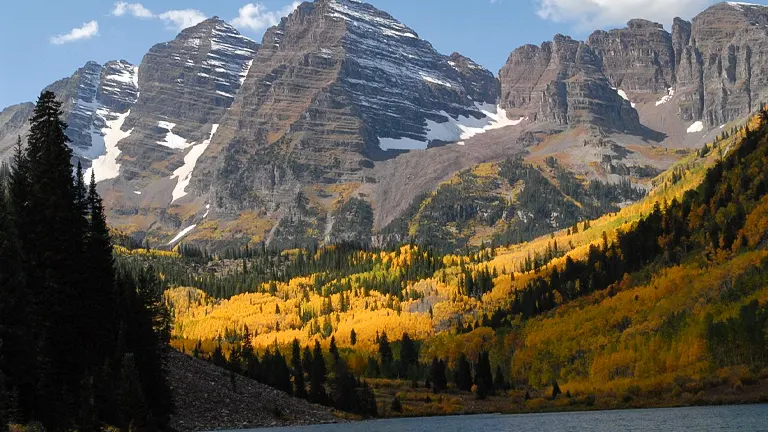
Its vast expanse encompasses rugged mountains, serene lakes, and lush greenery, making it a prime destination for nature lovers. At White River National Forest, visitors can immerse themselves in a world where the beauty of the wild meets the thrill of exploration.
Characterizing Features of White River National Forest
- Rugged Mountains: The White River National Forest is defined by its spectacular mountain ranges, including parts of the famous Rocky Mountains. These rugged peaks provide not only a dramatic landscape but also a diverse range of habitats for wildlife. The elevation varies significantly, affecting both climate and vegetation. This variability makes the mountains ideal for numerous activities, from challenging hikes to scenic drives.
- Serene Lakes and Rivers: Scattered throughout the forest are numerous lakes and rivers, adding to the beauty and biodiversity of the area. These water bodies, ranging from the expansive Dillon Reservoir to the iconic Maroon Lake, offer a tranquil setting for a variety of water-based activities. They are essential habitats for aquatic species and are popular for fishing, boating, and photography.
- Vast Forested Areas: Expansive stretches of forest cover much of the White River National Forest, featuring primarily subalpine and alpine tree species. These forested areas are home to a rich diversity of plant and animal life. They play a crucial role in maintaining the ecological balance and offer endless opportunities for recreation and exploration.
- Diverse Wildlife: The forest is a habitat for a wide array of wildlife. From large mammals like elk and black bears to a variety of bird species including the majestic bald eagle, the diversity of wildlife in White River National Forest is a significant draw for nature enthusiasts and wildlife photographers.
- Recreational Trails: A network of trails crisscrosses the forest, catering to hikers, mountain bikers, and horseback riders. These trails range from easy walks suitable for families to challenging backcountry treks for the more adventurous. They provide access to some of the forest’s most remote and beautiful areas, offering unparalleled opportunities to experience the natural beauty of the region up close.
- Unique Geological Formations: The White River National Forest is also home to unique geological formations, including the iconic Maroon Bells, a pair of peaks known for their distinct maroon hue and symmetry. Hanging Lake is another geological wonder, a crystal-clear lake perched atop a cliff. These formations are not only visually striking but also offer insights into the geological history of the region.
- Alpine Meadows: The high-altitude meadows in the forest bloom with wildflowers in the spring and summer, creating a vibrant display of colors. These meadows are crucial for the local ecosystem, supporting pollinators and serving as grazing grounds for wildlife. They provide a serene and picturesque setting for leisurely walks and picnics.
History of White River National Forest
The White River National Forest, an expanse of natural beauty and ecological diversity, has a history as rich and varied as its landscapes. Established in 1891 as part of the United States’ burgeoning conservation movement, the forest originally spanned over two million acres. Named after the White River, which traverses through part of the forest, this area was set aside to protect the land from over-exploitation, a common occurrence during the westward expansion of the late 19th century. The initial focus was on preserving the natural resources, especially timber and water, which were critical for the development of nearby communities and mining industries. Over time, the forest played a pivotal role in the evolving narrative of land use, conservation, and recreational practices in the American West.
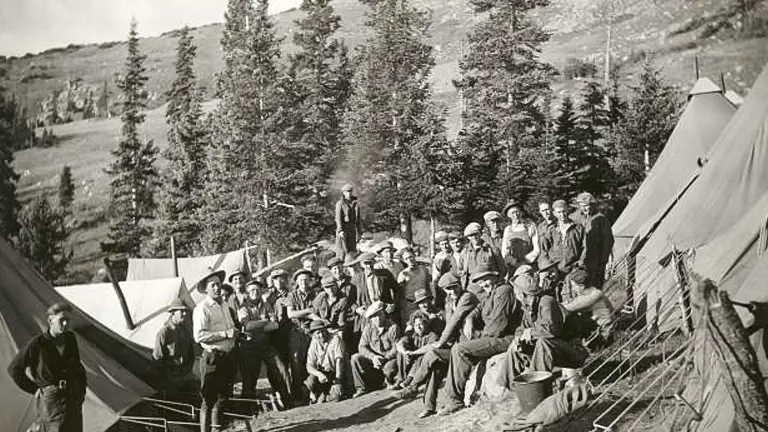
In the 20th century, the White River National Forest saw significant changes. The U.S. Forest Service, established in 1905, began managing the area with a multifaceted approach, balancing conservation with public access. During the 1960s and 1970s, as recreational activities became more popular, the forest’s focus shifted to accommodate a growing number of visitors seeking outdoor experiences. The expansion of ski resorts and the development of recreational facilities marked a new era in the forest’s history. Additionally, the latter part of the 20th century brought heightened awareness of environmental preservation, leading to more sustainable practices in forest management. Today, the White River National Forest stands not only as a testament to the natural beauty of the Rocky Mountains but also as a symbol of evolving conservation ethics and recreational practices, reflecting the changing relationship between humans and their natural environment.
Unique Ecosystem of White River National Forest
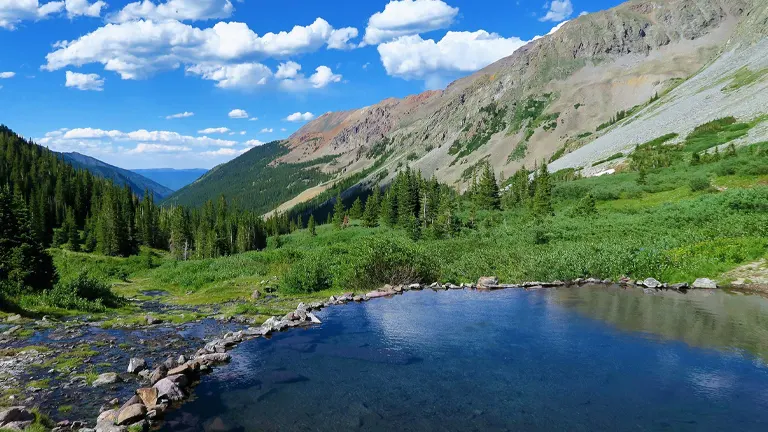
The White River National Forest is an ecological marvel, embodying the diversity of the Colorado Rockies. From montane and subalpine forests to alpine tundra, each zone harbors distinct flora and fauna. Lower elevations feature forests of Douglas fir and aspen, supporting deer and mountain lions, while higher altitudes are home to spruce-fir habitats and species like elk and black bears. The alpine tundra at the highest elevations offers a stark yet vibrant landscape, crucial for specialized wildlife. Interconnected by streams and rivers, this forest is a critical sanctuary for both terrestrial and aquatic life, showcasing a complex and thriving natural ecosystem.
Location of White River National Forest

Located in the heart of the Rocky Mountains in Colorado, White River National Forest is easily accessible from major cities like Denver and Colorado Springs. Its central location makes it a popular destination for both local and international visitors.
Here’s a list of guides on how to reach Indiana Dunes State Park:
- By Car: The most common way to reach the forest is by car. From Denver, take I-70 West which runs along the northern boundary of the forest, providing access to many of the main attractions. Various exits off I-70 lead directly into different parts of the forest.
- Public Transportation: For those preferring public transport, there are bus services available from major cities like Denver and Colorado Springs. The Bustang service operates routes that can get you close to the forest areas.
- Nearest Airports: Visitors can fly into Denver International Airport or Eagle County Regional Airport. Both airports offer car rental services, and Eagle County is closer to the forest for those wanting to minimize travel time upon landing.
- Shuttle Services: Several shuttle services operate from airports and major cities to the ski resorts and towns within the White River National Forest. These are particularly useful during the ski season.
- Driving from Neighboring States: If coming from a neighboring state, major highways like I-70 and Highway 82 provide direct routes into the forest area.
- Seasonal Road Closures: Be aware of seasonal road closures, especially during winter. Always check the current road conditions and weather forecasts before planning your drive.
- Recreational Vehicle (RV) Travel: The forest is accessible by RV, with many campgrounds offering RV-friendly facilities. Plan your route and campgrounds in advance, especially during peak seasons.
The Importance of Conservation and Recreation in White River National Forest
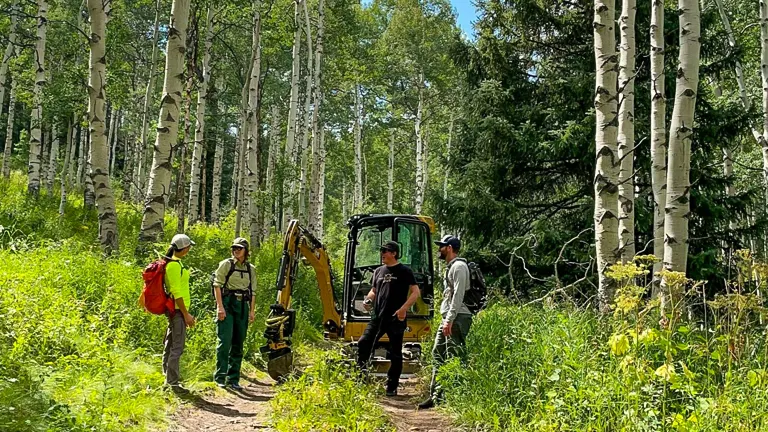
The White River National Forest stands as a beacon of conservation and recreation, exemplifying the harmonious balance between preserving natural resources and providing public enjoyment. Its management under the U.S. Forest Service embodies a commitment to safeguarding diverse ecosystems, from alpine tundra to dense forests, ensuring the survival of numerous plant and animal species. This conservation effort is vital in maintaining the forest’s ecological integrity and resilience against climate change impacts. Simultaneously, the forest serves as a recreational haven, offering a multitude of activities like hiking, skiing, and wildlife viewing, which not only foster a deeper appreciation for nature among visitors but also drive local economies. The coexistence of conservation and recreation in the White River National Forest showcases a sustainable model, highlighting how responsible stewardship and public engagement can effectively collaborate to preserve natural landscapes for future generations.
Diverse Vegetation and Plant Species in White River National Forest
- Subalpine Fir (Abies lasiocarpa): The Subalpine Fir is prevalent at higher elevations in the forest. These trees are adapted to cold, snowy environments and play a crucial role in the forest’s ecology, providing habitat for wildlife and contributing to the alpine landscape.
- Colorado Blue Spruce (Picea pungens): Known for its striking blue-tinged needles, the Colorado Blue Spruce is a signature tree of the region. It’s commonly found along streams and rivers, adding to the forest’s biodiversity and aesthetic beauty.
- Aspen (Populus tremuloides): The quaking aspen, with its distinctive white bark and fluttering leaves, is a highlight, especially in autumn when its foliage turns a vibrant gold. Aspen groves are important for biodiversity and are a keystone species in the forest’s ecosystem.
- Engelmann Spruce (Picea engelmannii): This high-elevation tree is vital for the forest structure. Engelmann Spruce, with its dense, conical shape, is adapted to harsher conditions and forms mixed stands with subalpine fir, providing a rich habitat for various species.
- Lodgepole Pine (Pinus contorta): Lodgepole Pines are particularly notable for their role in forest regeneration, especially after disturbances like fire. They grow densely and are a common sight in many parts of the forest, creating important habitats for wildlife.
- Mountain Mahogany (Cercocarpus montanus): This hardy shrub thrives in the drier, lower elevations of the forest. Mountain Mahogany is crucial for erosion control and provides food and shelter for local wildlife.
- Wildflowers: The forest floor is adorned with a variety of wildflowers, especially in spring and summer. Look for Colorado Columbine (Aquilegia caerulea), Indian Paintbrush (Castilleja miniata), and Wild Iris (Iris missouriensis), which add bursts of color to the landscape.
- Riparian Vegetation: Along rivers and streams, riparian vegetation like willows (Salix), cottonwoods (Populus), and various grasses play a significant role in maintaining a healthy aquatic ecosystem and providing habitats for numerous bird and insect species.
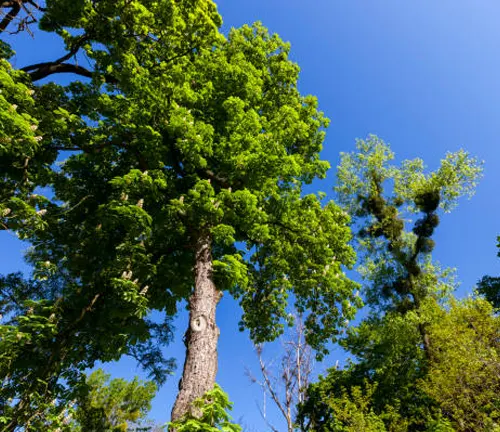
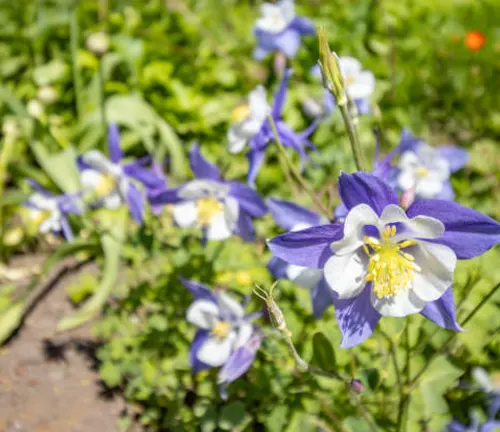
Fauna in White River National Forest
- Elk (Cervus canadensis): The elk, or wapiti, is one of the most iconic species in the forest. These majestic animals are often seen in meadows and open forest areas, especially during dawn and dusk. They play a vital role in the ecosystem as a prey species for predators and as grazers influencing vegetation patterns.
- Black Bear (Ursus americanus): Black bears are a key species in the forest, known for their adaptability to different habitats. They contribute to the ecological balance by dispersing seeds and occasionally preying on small mammals.
- Mountain Lion (Puma concolor): Also known as cougars or pumas, mountain lions are top predators in the forest. Their presence is crucial for maintaining the balance of animal populations, and they are a symbol of the wilderness character of the area.
- Bald Eagle (Haliaeetus leucocephalus): The bald eagle, America’s national bird, is often spotted near lakes and rivers within the forest. These majestic birds of prey are indicators of a healthy aquatic ecosystem and are revered for their beauty and strength.
- Bighorn Sheep (Ovis canadensis): These agile animals are often found on rocky outcrops and steep mountainous terrain. Bighorn sheep are known for their impressive curved horns and are an important species for wildlife viewing in the forest.
- Lynx (Lynx canadensis): The Canadian lynx, a rare and elusive cat, is adapted to the cold, snowy environments of the higher elevations. Their presence in the forest is a testament to the success of conservation efforts and the health of the ecosystem.
- Trout Species: The forest’s rivers and lakes are home to various trout species, including Rainbow Trout (Oncorhynchus mykiss) and Cutthroat Trout (Oncorhynchus clarkii). These fish are not only vital for the aquatic food chain but also popular with anglers.
- Mule Deer (Odocoileus hemionus): Commonly seen throughout the forest, mule deer are adaptable to both forested and open environments. Their populations are an important food source for larger predators and are a familiar sight for visitors.
- American Beaver (Castor canadensis): Beavers play a significant role in shaping the forest’s aquatic habitats. Their dam-building activities create wetlands, which are beneficial for other wildlife species and contribute to biodiversity.
- Pika (Ochotona princeps): These small, mountain-dwelling mammals are often heard before they are seen. Pikas are an indicator species for climate change impacts due to their sensitivity to temperature changes in their alpine habitat.
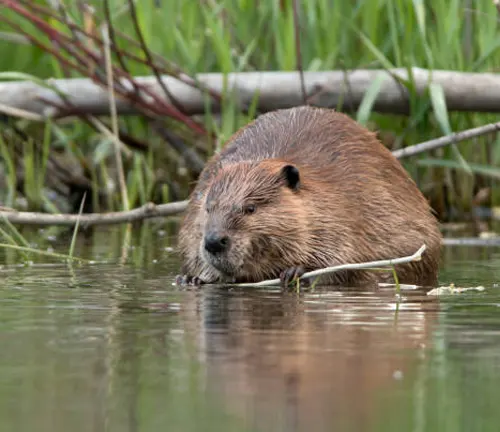
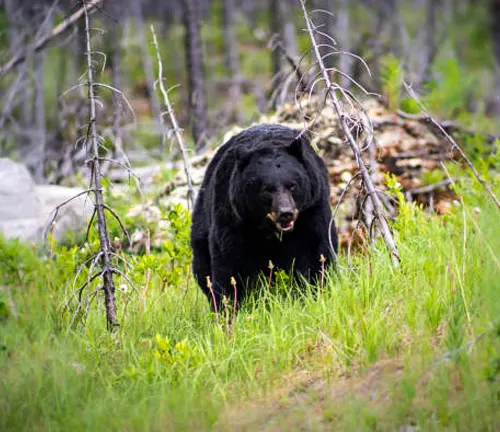
Different Attractions in White River National Forest
Maroon Bells: The Maroon Bells, a pair of stunning peaks, are among the most iconic attractions in the White River National Forest. Revered for their striking maroon hue and mirrored reflections in the serene Maroon Lake, these peaks epitomize the majestic beauty of the Colorado Rockies. Accessible via hiking trails, they offer an exceptional experience for nature enthusiasts, photographers, and outdoor adventurers. The area around Maroon Bells also provides opportunities for wildlife viewing, especially at dawn and dusk.
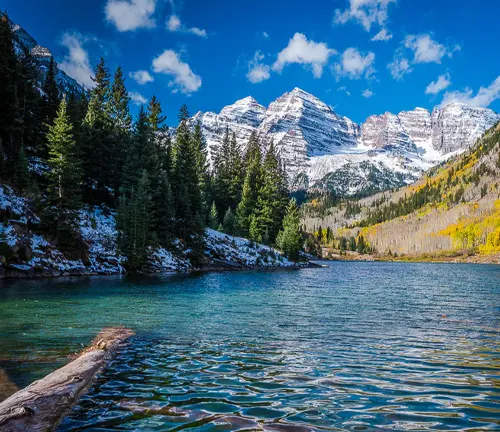
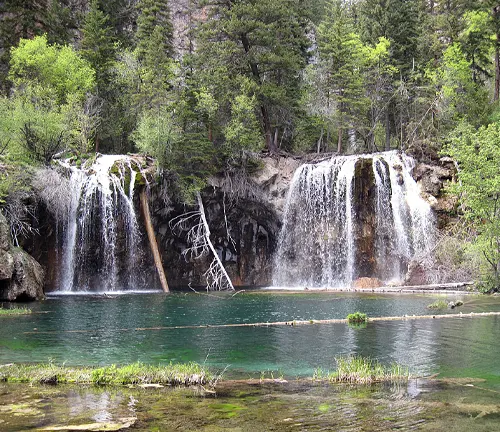
Hanging Lake: Hanging Lake is a unique geological wonder within the forest. This crystal-clear lake, perched high on a cliff and fed by waterfalls, is a sight to behold. The trail to Hanging Lake is a popular hiking destination, known for its scenic views and the reward of the lake’s tranquil beauty at the top. Visitors are reminded to respect this fragile ecosystem, as it’s a testament to nature’s delicate balance.
Vail and Aspen Ski Resorts: White River National Forest is home to world-renowned ski resorts like Vail and Aspen. These resorts offer some of the best skiing and snowboarding experiences in North America, with a wide range of trails suitable for all skill levels. Beyond winter sports, these resorts also offer year-round activities such as mountain biking, hiking, and cultural events, making them popular destinations in all seasons.
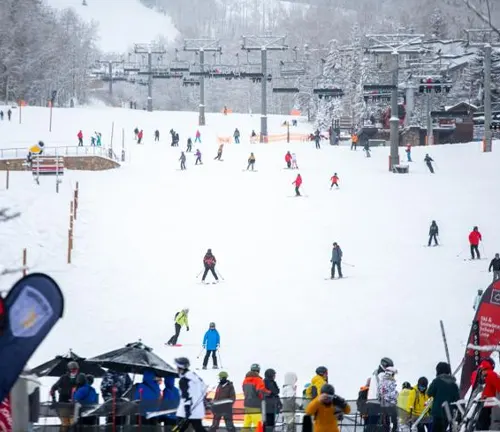

Independence Pass: This scenic high-altitude pass is a favorite for road trippers and cyclists. Offering breathtaking views of the Rockies, Independence Pass is a gateway to the heart of the White River National Forest. The drive is especially popular in the fall when the aspen trees turn a brilliant gold. However, the pass is closed in winter due to heavy snowfall, so it’s best visited in the warmer months.
Dillon Reservoir: Also known as Lake Dillon, this large freshwater reservoir offers a range of recreational activities. Surrounded by mountains, it’s a popular spot for sailing, fishing, camping, and hiking. The reservoir also provides stunning panoramic views and is a great place for photography and wildlife watching.
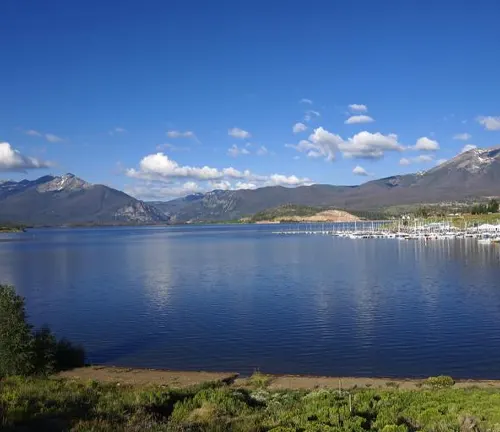
Recreational Activities in White River National Forest
- Hiking and Trekking: The forest features an extensive network of hiking trails, ranging from easy walks suitable for families to challenging backcountry treks for experienced hikers. These trails traverse through diverse landscapes, including lush forests, alpine meadows, and rugged mountain terrain. Popular trails like those leading to the Maroon Bells and Hanging Lake offer breathtaking views and a chance to connect with nature.
- Skiing and Snowboarding: White River National Forest is a premier destination for skiing and snowboarding, thanks to its world-class ski resorts like Aspen and Vail. These resorts provide a variety of slopes catering to all skill levels, from beginners to expert riders. Apart from downhill skiing, the area also offers opportunities for cross-country skiing and snowshoeing, making it a winter sports paradise.
- Mountain Biking: Mountain biking enthusiasts will find a plethora of trails in the forest, ranging from gentle paths to challenging technical routes. These trails offer an exhilarating way to explore the diverse terrain of the forest, with stunning views and the thrill of adventure. The forest’s mountain biking trails cater to riders of all abilities, making it a popular activity during the warmer months.
- Fishing: The numerous rivers and lakes within the forest are a haven for anglers. These waters are teeming with a variety of fish, including trout species like rainbow and cutthroat trout. Whether fly fishing in a serene stream or casting a line in a mountain lake, fishing in White River National Forest is both a peaceful and rewarding experience.
- Wildlife Watching: The diverse ecosystems of the forest provide habitats for a wide range of wildlife. Elk, deer, black bears, and a variety of bird species including eagles can be spotted throughout the area. Wildlife watching, whether through casual observation or more dedicated wildlife photography, is a popular activity, offering a chance to appreciate the forest’s rich biodiversity.
- Camping: For those looking to immerse themselves in the natural beauty of the forest, camping is an ideal activity. The forest boasts numerous campgrounds, ranging from primitive sites to those with more amenities. Camping in White River National Forest allows visitors to experience the tranquility of the wilderness, starry night skies, and the sounds of nature.
- Water Sports: Activities like kayaking, canoeing, and stand-up paddleboarding are popular on the forest’s lakes and rivers. The tranquil waters of Lake Dillon and other smaller lakes provide a perfect setting for these activities, offering a peaceful way to explore the aquatic landscapes and enjoy the surrounding scenery.
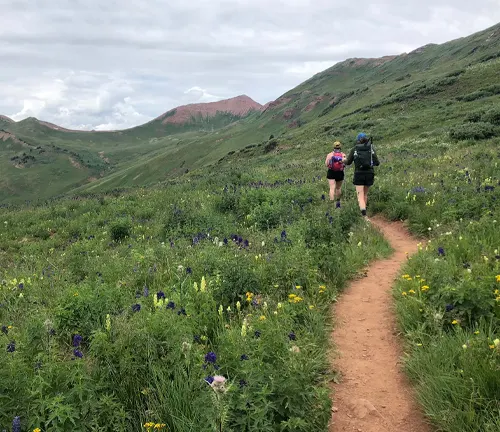
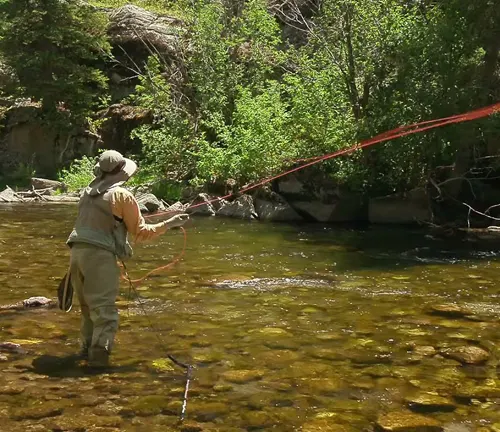
Different Facilities and Amenities in White River National Forest
- Campgrounds The forest features a wide range of campgrounds, catering to different camping styles and preferences. From basic tent sites nestled in remote areas to campgrounds with full RV hookups and amenities, there is something for every type of camper. These campgrounds often include facilities such as picnic tables, fire rings, and restroom facilities, and are strategically located to provide easy access to hiking trails, fishing spots, and scenic viewpoints.
- Visitor Centers Several visitor centers are located throughout the forest, offering a wealth of information about the area’s history, geology, wildlife, and recreational opportunities. These centers are staffed with knowledgeable personnel ready to assist visitors with trail maps, activity guides, and educational displays. They often feature interpretive programs and exhibits, making them valuable resources for enhancing the understanding and appreciation of the forest’s natural and cultural heritage.
- Ski Resorts White River National Forest is home to internationally renowned ski resorts, such as Aspen and Vail. These resorts offer not just winter sports facilities but also year-round recreational opportunities like mountain biking and hiking. Equipped with state-of-the-art lifts, ski schools, rental shops, and dining options, these resorts provide a high-quality experience for skiers and snowboarders of all levels.
- Picnic Areas Scattered throughout the forest are numerous picnic areas, perfect for families and groups to enjoy a meal surrounded by nature. These areas are often equipped with picnic tables, grills, and restrooms, and are located near scenic spots or along water bodies, making them ideal for a relaxing break during forest explorations.
- Wildlife Viewing Areas Specific areas in the forest are designated for wildlife viewing, offering visitors a chance to observe animals in their natural habitats. These areas are often equipped with viewing platforms, interpretive signage, and occasionally binoculars or scopes. They provide a safe and respectful way to watch wildlife, such as elk, deer, and various bird species.
- Boat Launches and Marinas For water-based recreation, the forest provides boat launches and marina facilities, especially around major lakes like Dillon Reservoir. These facilities cater to boating, sailing, and fishing enthusiasts, offering services such as boat rentals, docking spaces, and fuel stations.
Tips and Advice for Visiting White River National Forest
- Plan Ahead and Prepare Before you visit, research the areas of the forest you plan to explore. Check the weather forecast, trail conditions, and any alerts or closures. Familiarize yourself with the regulations and special concerns for the area you’ll visit. This preparation is crucial for ensuring a safe and enjoyable experience, especially if you plan to engage in activities like hiking, camping, or wildlife watching.
- Respect Wildlife The forest is home to a diverse array of wildlife. Always observe animals from a safe distance and never approach or feed them. Feeding wildlife can harm their health, alter natural behaviors, and expose both you and the animal to danger. Remember that you are a visitor in their home and it’s essential to respect their space.
- Leave No Trace Follow Leave No Trace principles to minimize your impact on the environment. This includes packing out all your trash, staying on designated trails to avoid damaging native vegetation, and camping at established sites. By practicing Leave No Trace, you help preserve the natural beauty of the forest for future visitors.
- Be Prepared for Changing Weather The weather in the Rockies can be unpredictable, with sudden changes common. Dress in layers, and always carry rain gear and extra clothing. Being prepared for various weather conditions will make your trip more comfortable and safe.
- Stay Informed About Fire Regulations Forest fire safety is paramount. Check current fire conditions and adhere to all fire restrictions, including bans on campfires during dry periods. Always fully extinguish campfires when allowed, and never leave them unattended.
- Know Your Limits White River National Forest offers a range of activities from easy to challenging. Assess your physical condition and skill level before embarking on hikes, climbs, or other activities. Overestimating your ability can lead to accidents and injuries, so it’s important to choose activities that align with your experience and fitness level.
- Be Wildlife Smart in Bear Country In areas with bear activity, use bear-proof containers for food storage, dispose of garbage in designated bear-proof trash receptacles, and be aware of bear behavior. Educate yourself on what to do if you encounter a bear, and consider carrying bear spray as a precaution.
- Hydrate and Acclimatize The high altitude of the forest can affect hydration and overall health. Drink plenty of water to stay hydrated and give your body time to adjust to higher elevations, especially if you’re not used to it. This is crucial to prevent altitude sickness and enhance your overall experience.
Recommendation
Discover the breathtaking beauty of White River National Forest. With its stunning mountains, serene lakes, and lush trails, it’s a perfect getaway for nature lovers and adventurers alike. Don’t miss the chance to explore this natural gem and create unforgettable memories in the heart of the Colorado Rockies!
Conclusion
In summary, the White River National Forest is a jewel of the Rockies, offering a blend of majestic scenery, diverse wildlife, and endless outdoor activities. It’s a place where nature’s beauty leaves a lasting impression on all who visit, truly a must-see destination for nature enthusiasts and adventurers alike.
FAQs
- What is the best time of year to visit White River National Forest?
The best time to visit depends on your activities of interest. Summer offers great hiking, wildlife viewing, and camping, while winter is perfect for skiing and snowboarding. Fall is also beautiful for its colorful foliage. - Are there any entry fees for the White River National Forest?
There are no entry fees for most of the forest; however, some specific areas, like Maroon Bells, may have parking or shuttle fees, and there could be fees for camping or using certain facilities. - Can I bring my dog to White River National Forest?
Yes, dogs are allowed but must be kept on a leash in most areas to protect wildlife and other visitors. Always check specific area regulations. - Are there guided tours available in the forest?
Yes, there are guided tours for various activities like hiking, wildlife watching, and even historical tours. These can be arranged through local tour operators. - What kind of wildlife might I see in the forest?
You might see elk, deer, black bears, mountain lions, bald eagles, and many other smaller animals and bird species. Always view wildlife from a safe distance. - Is backcountry camping allowed in White River National Forest?
Yes, backcountry camping is allowed, but it’s important to follow Leave No Trace principles and be aware of specific area regulations and potential wildlife. - Are there any restrictions on hiking or camping due to COVID-19?
Restrictions may vary based on current health guidelines. It’s best to check the forest’s official website or contact the local ranger district office for the latest information. - What should I do if I encounter a bear?
If you encounter a bear, do not run. Remain calm, make yourself look as large as possible, and slowly back away. Speak calmly and firmly to the bear and avoid direct eye contact.
In closing, the White River National Forest stands as a beacon of natural splendor, offering a world of adventure and serenity. It’s a destination where every visit leaves a lasting impression, beckoning nature lovers back time and again.


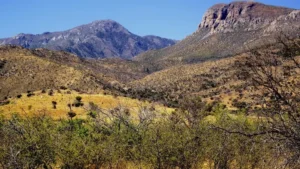
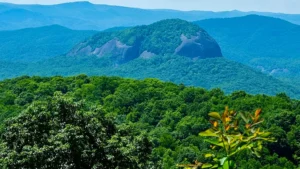
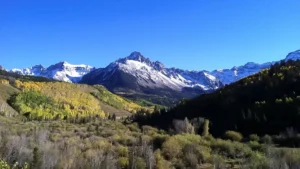

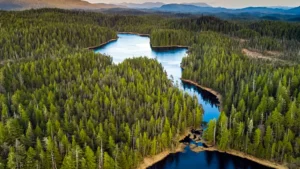
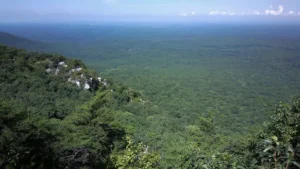


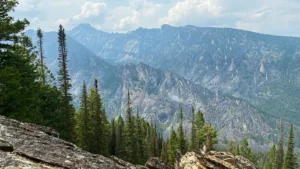
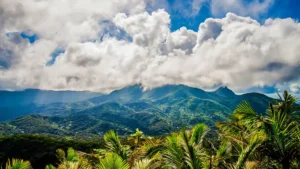
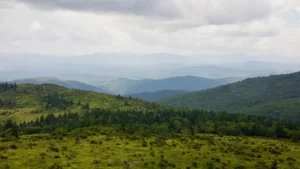
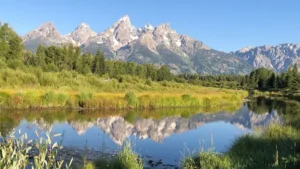
Leave your comment